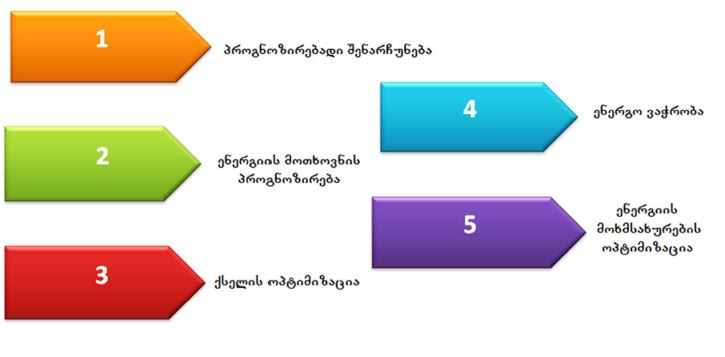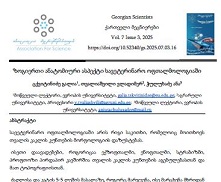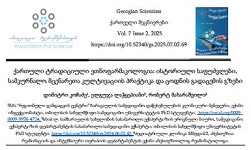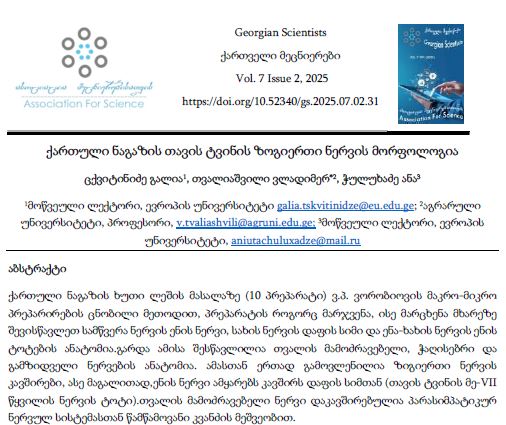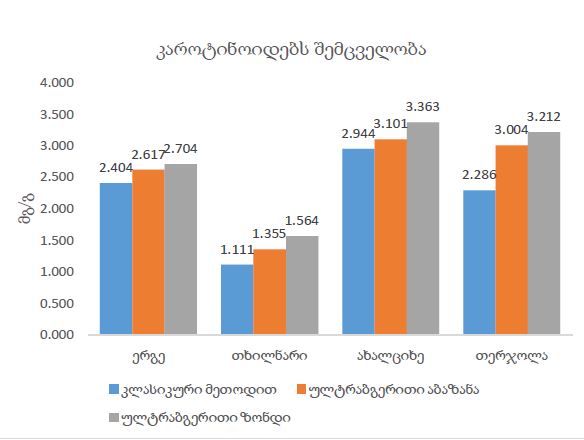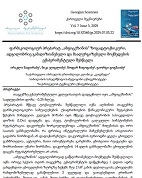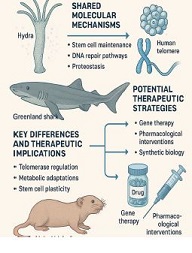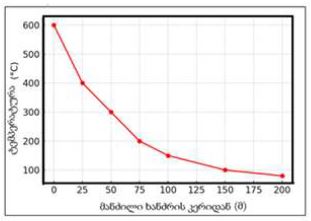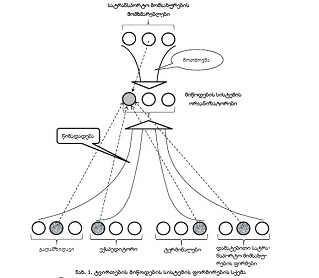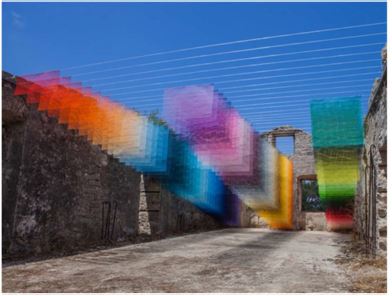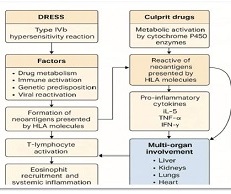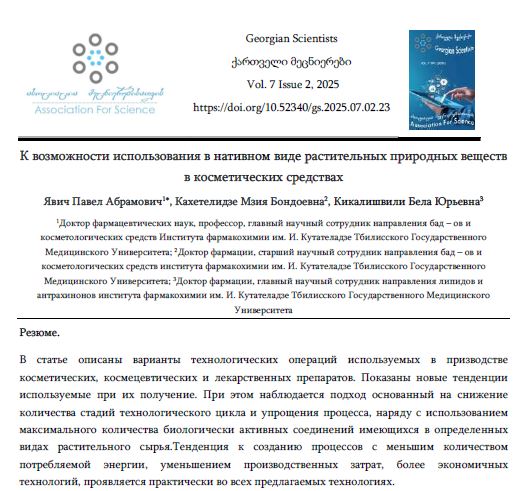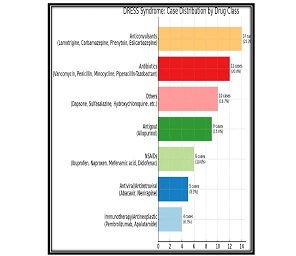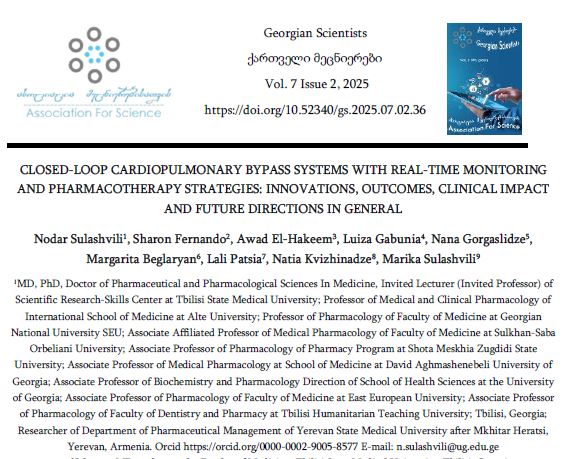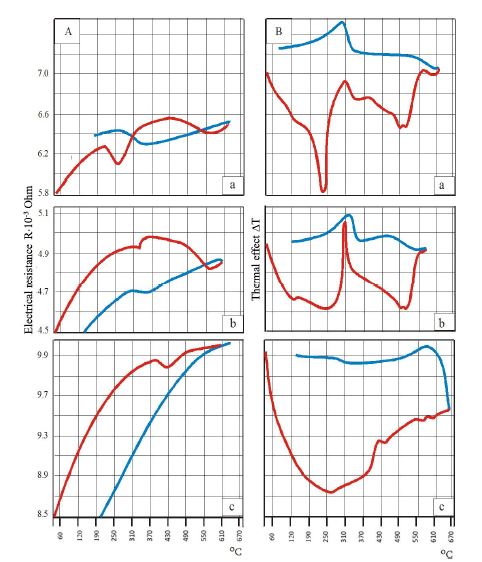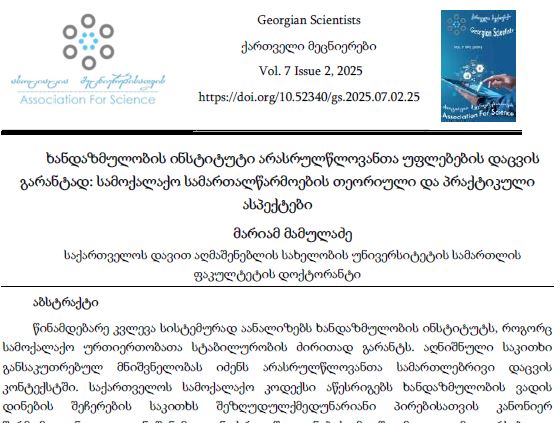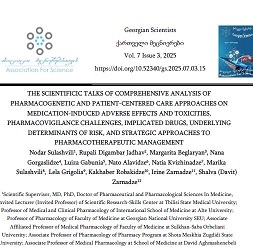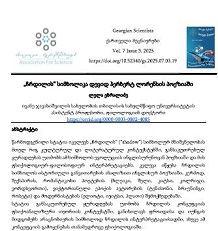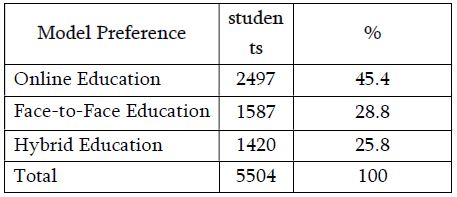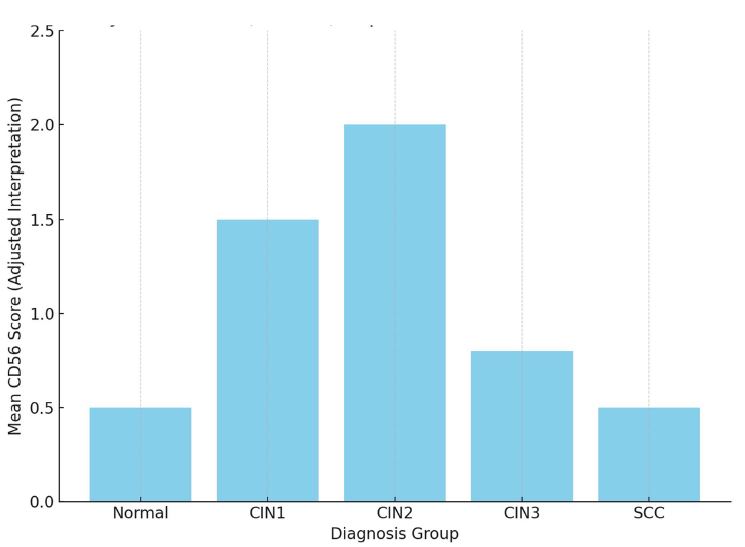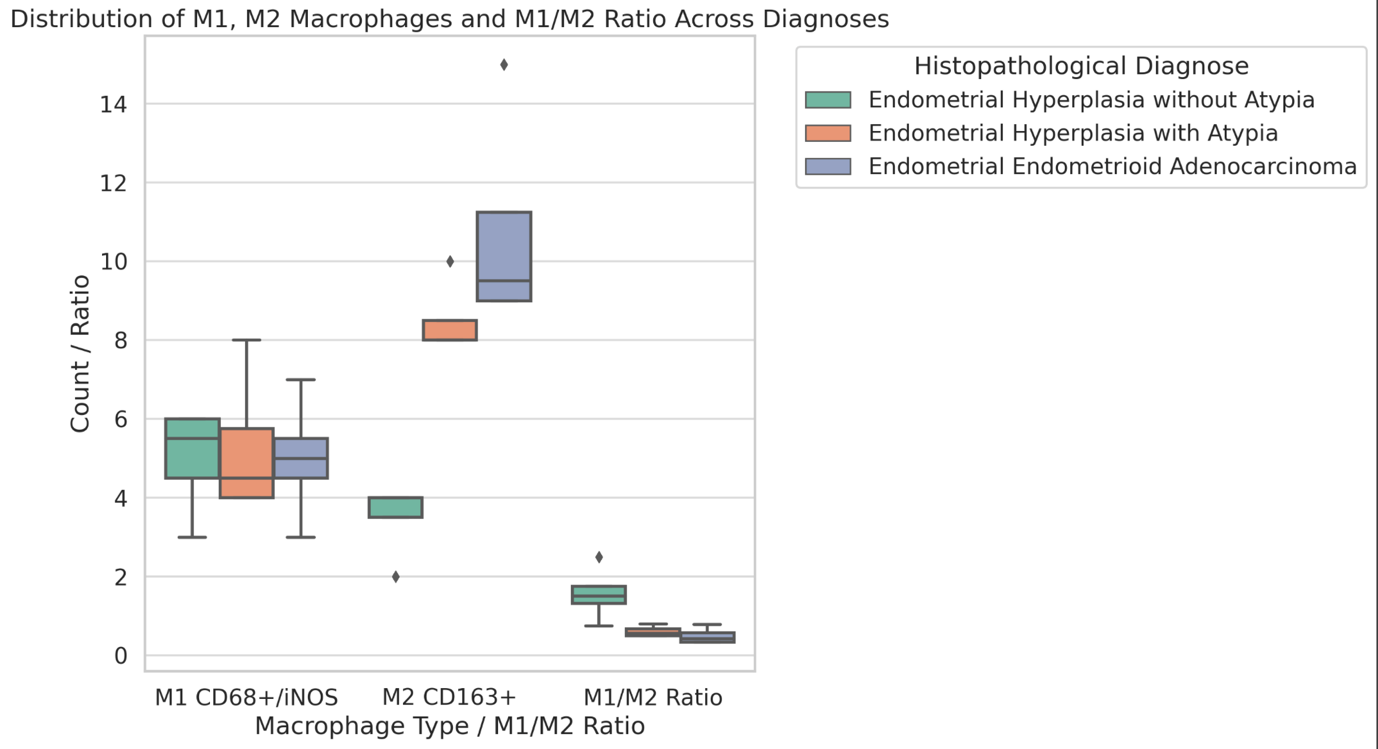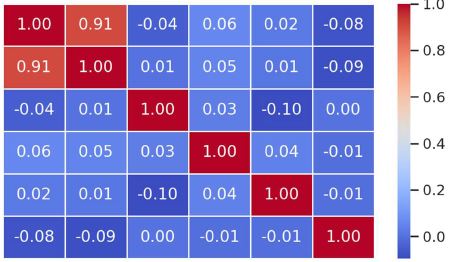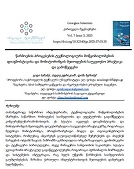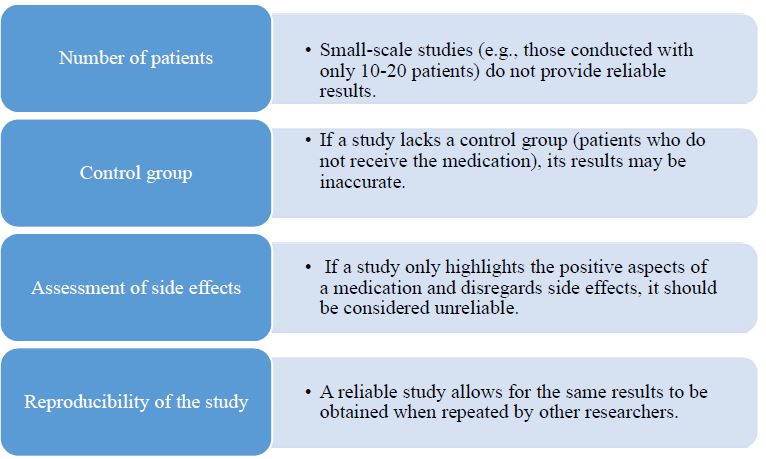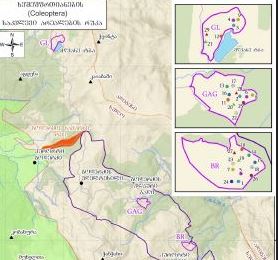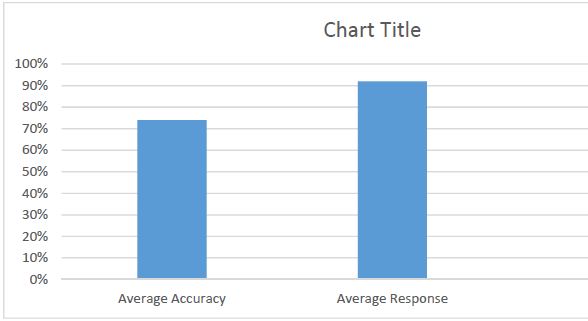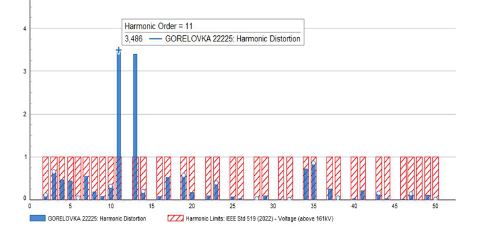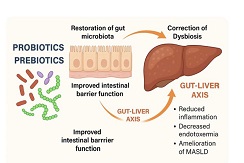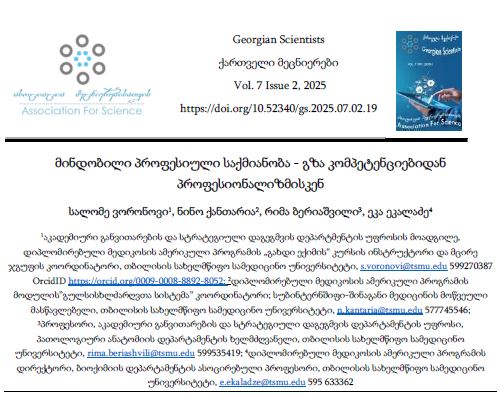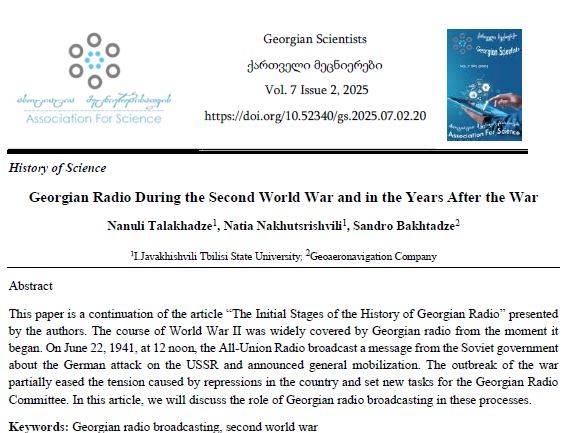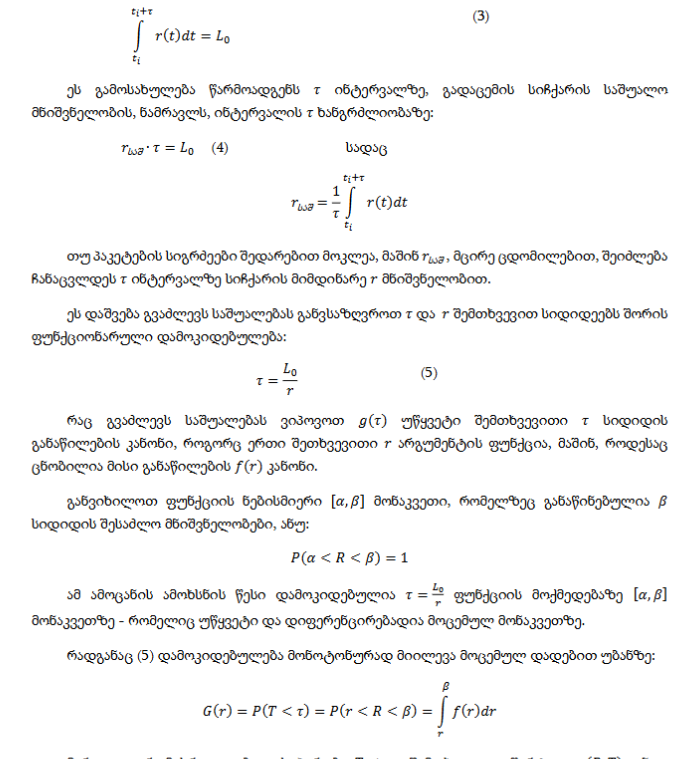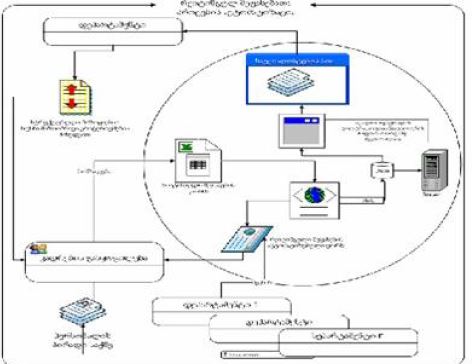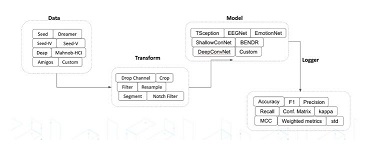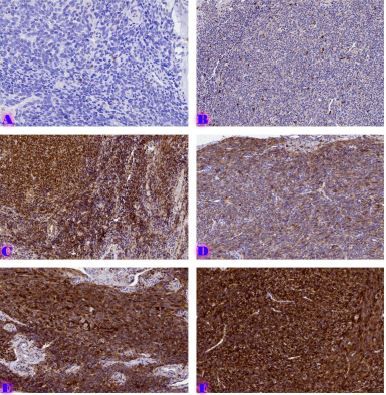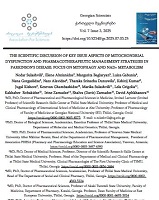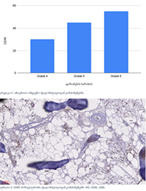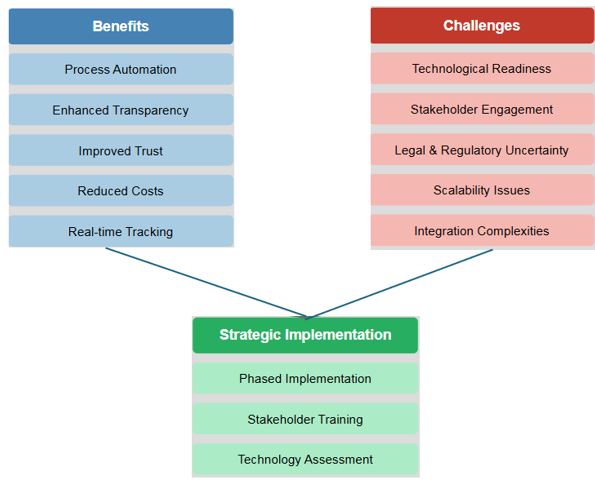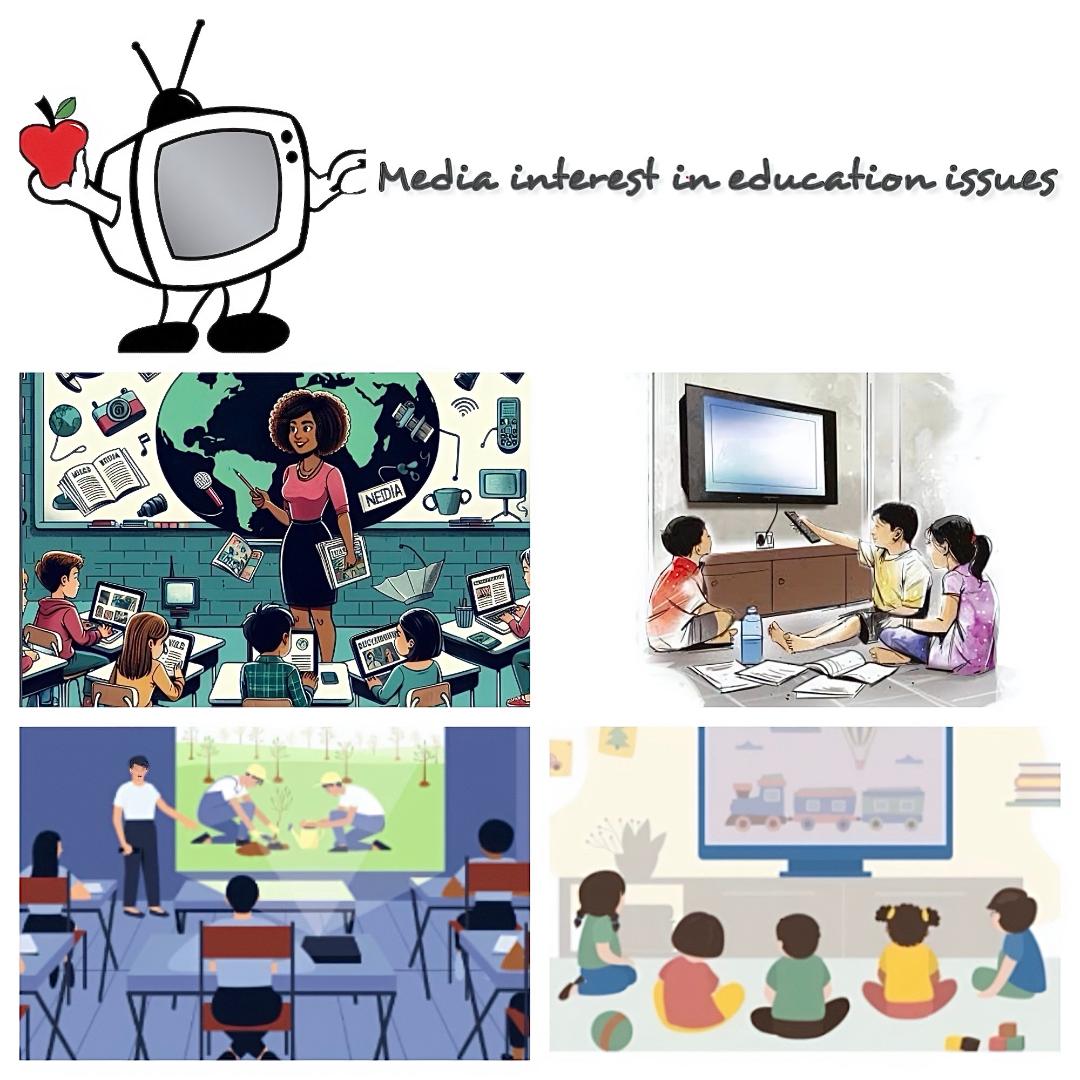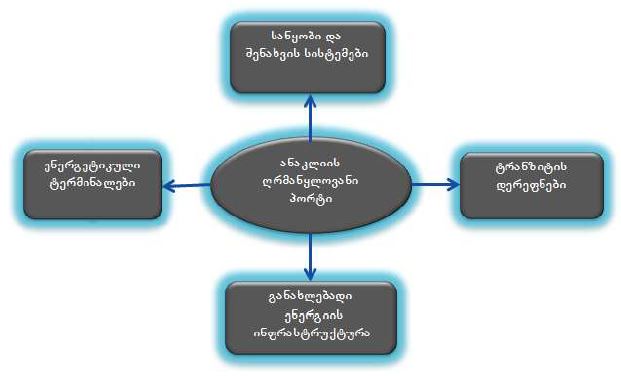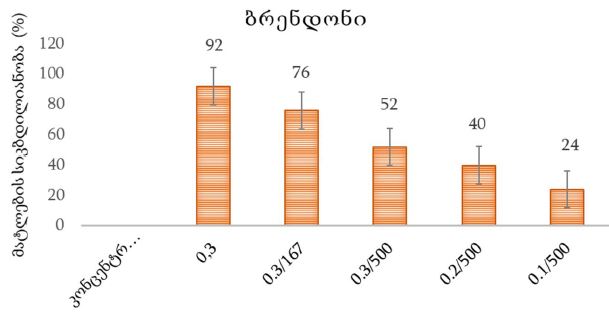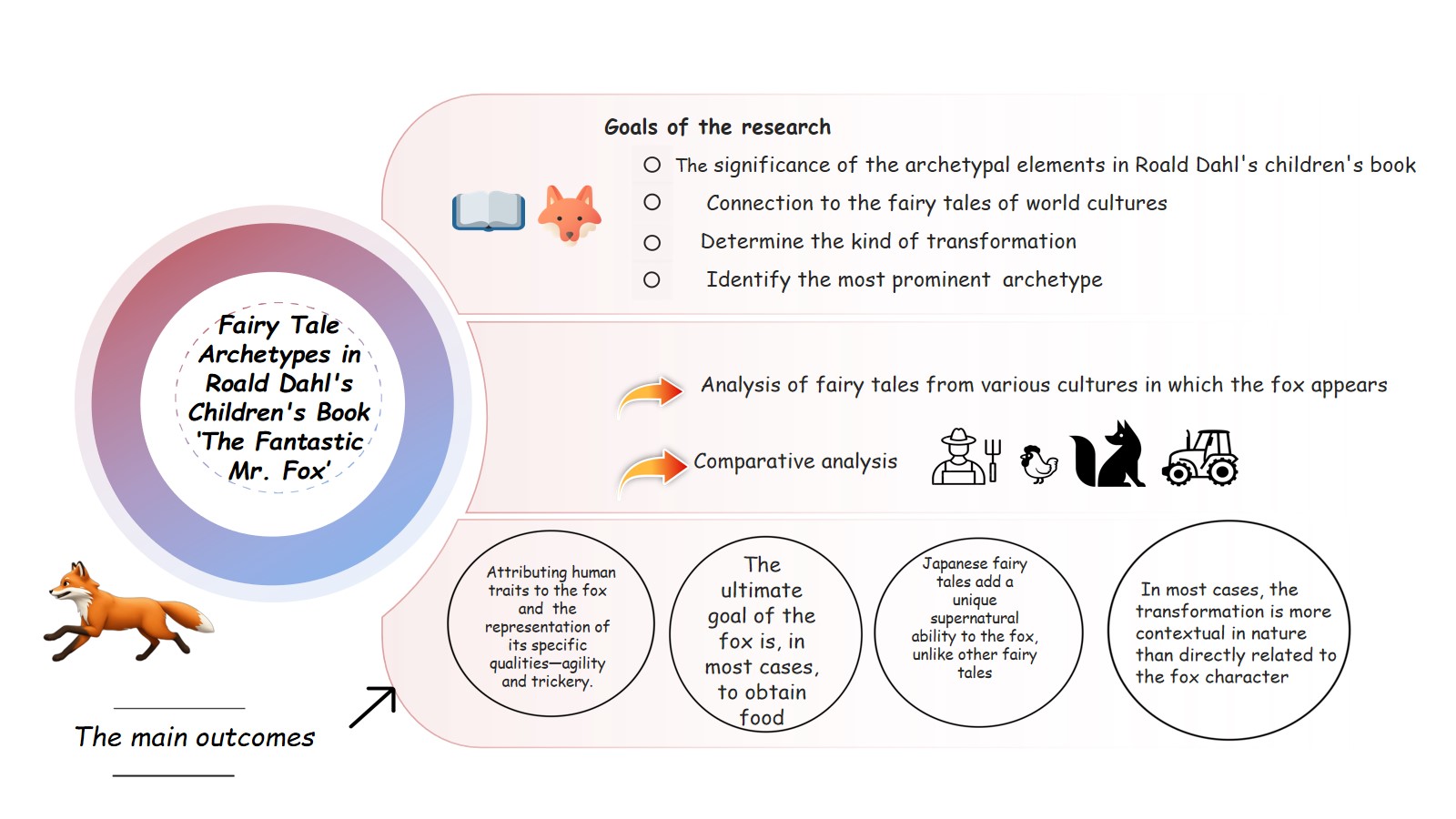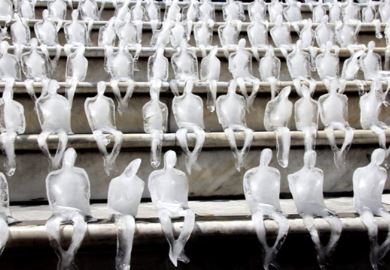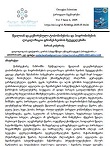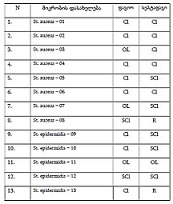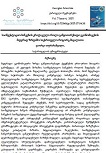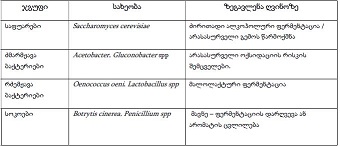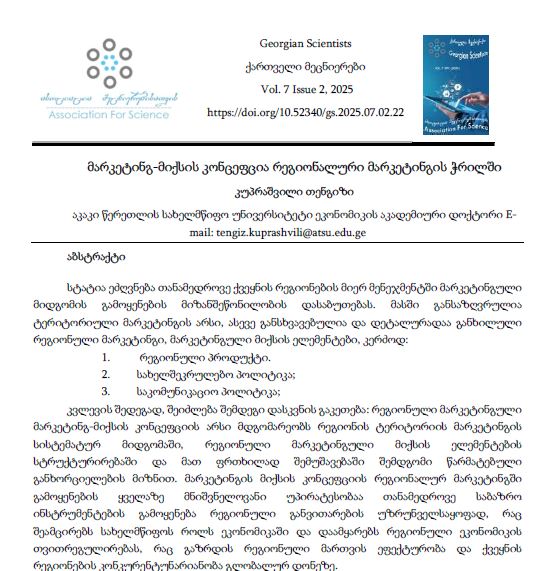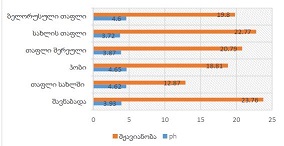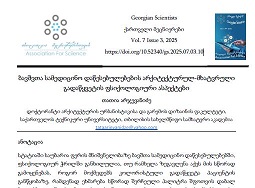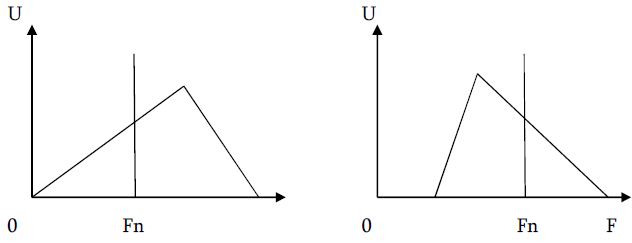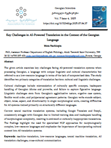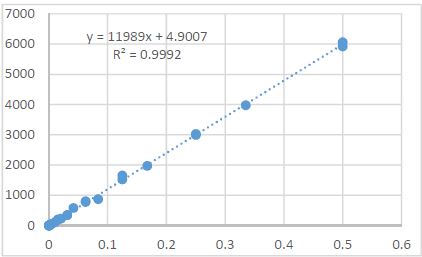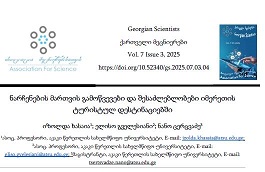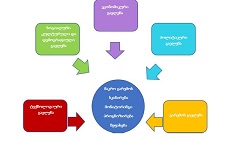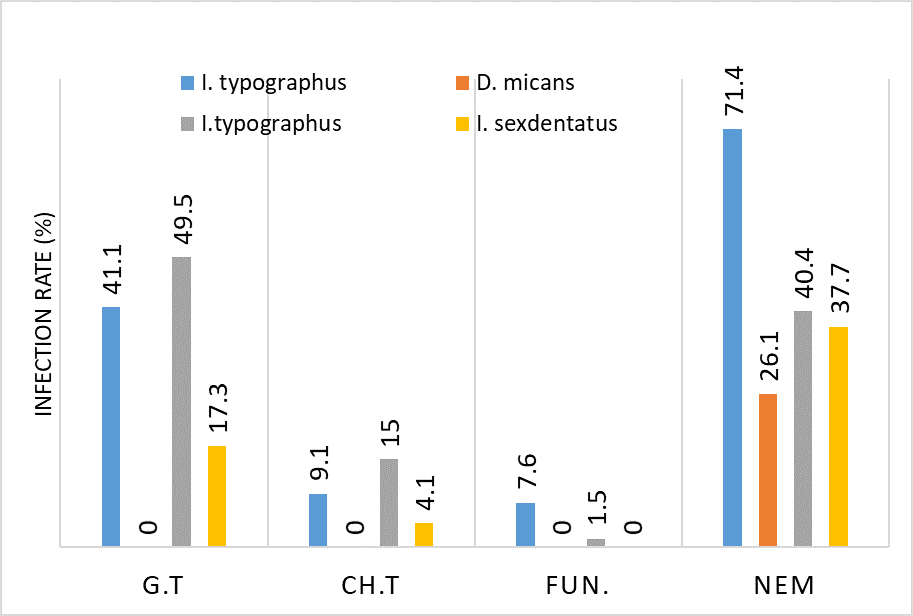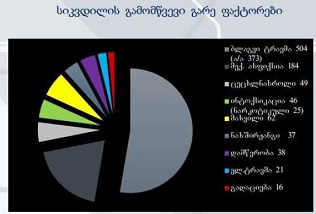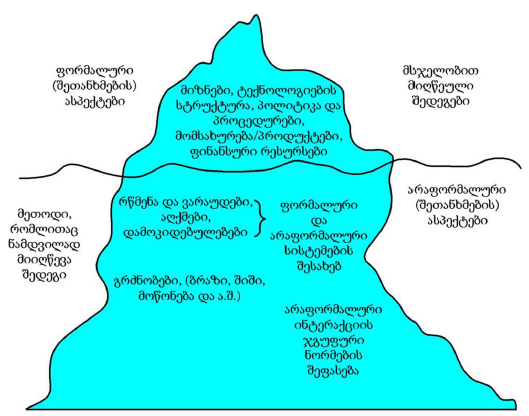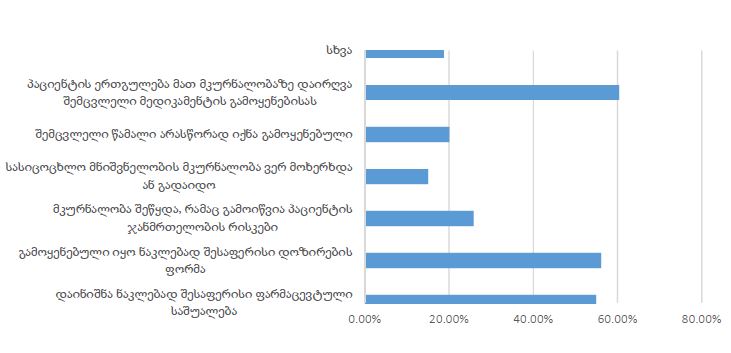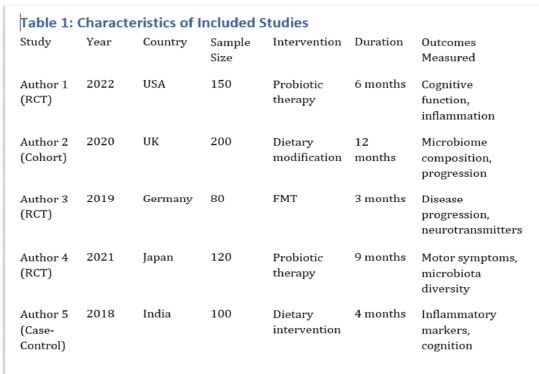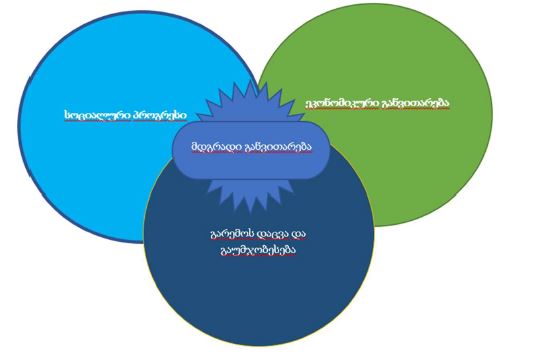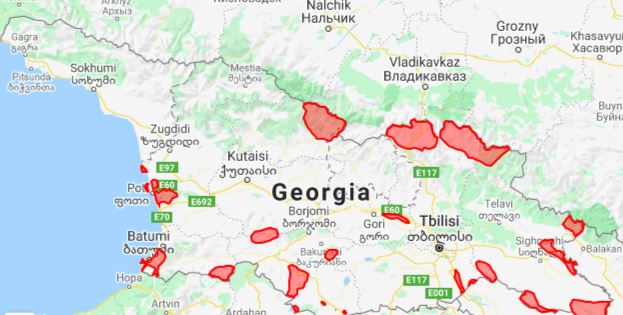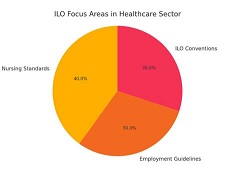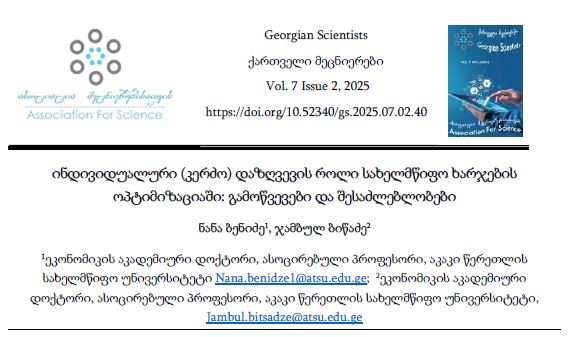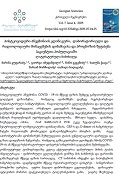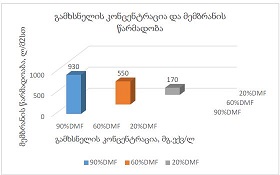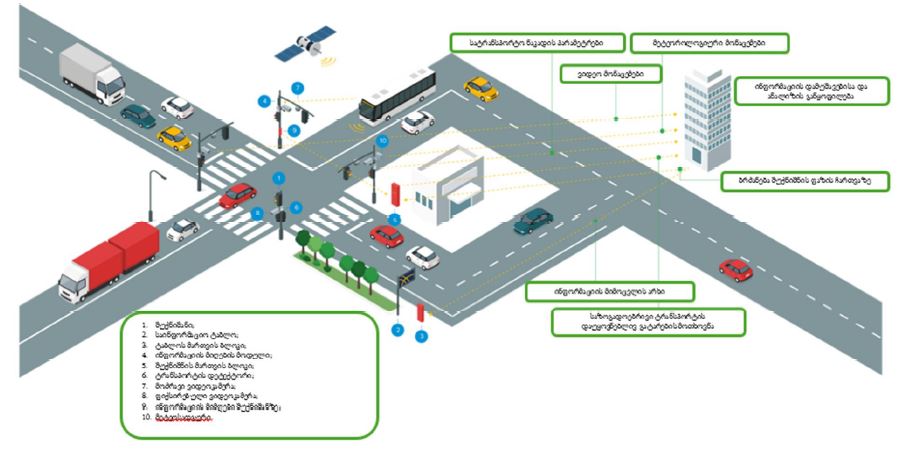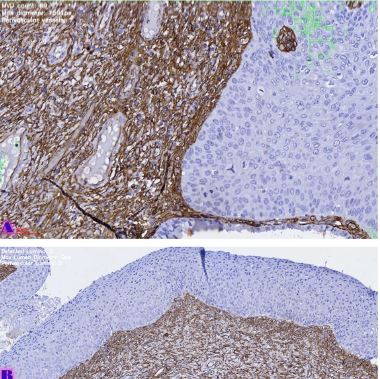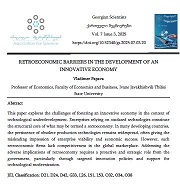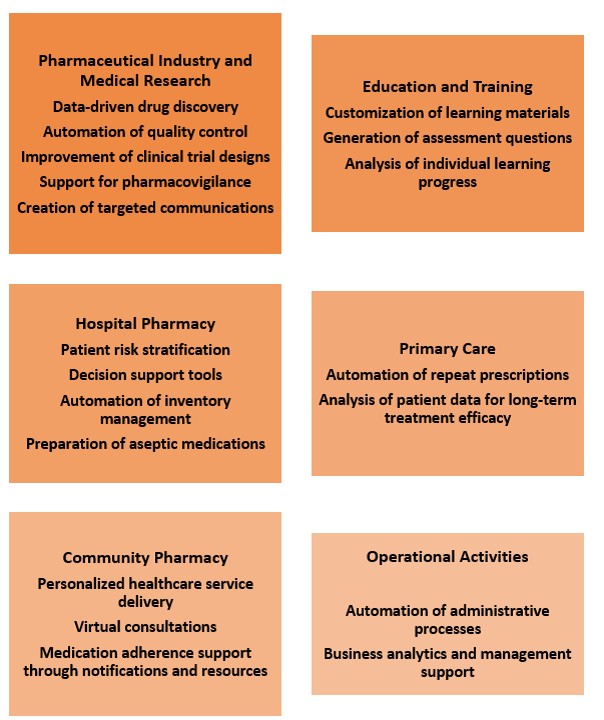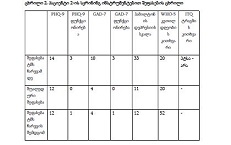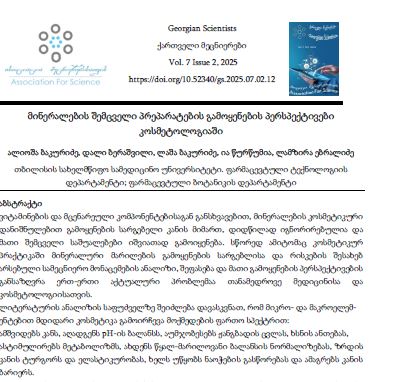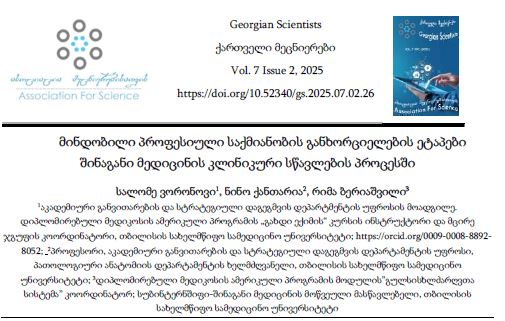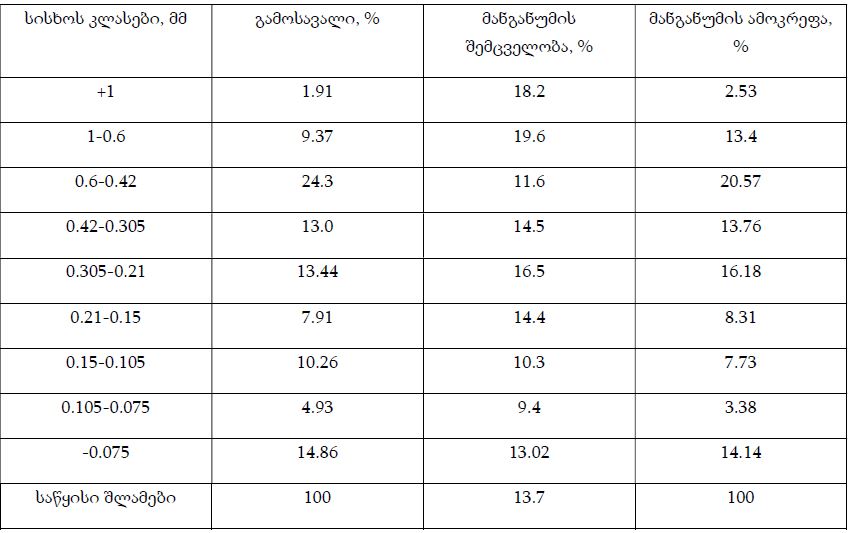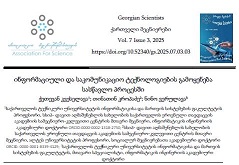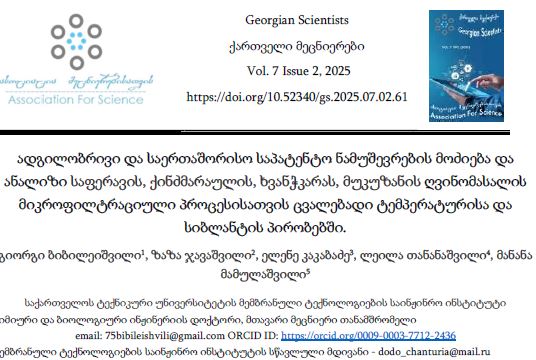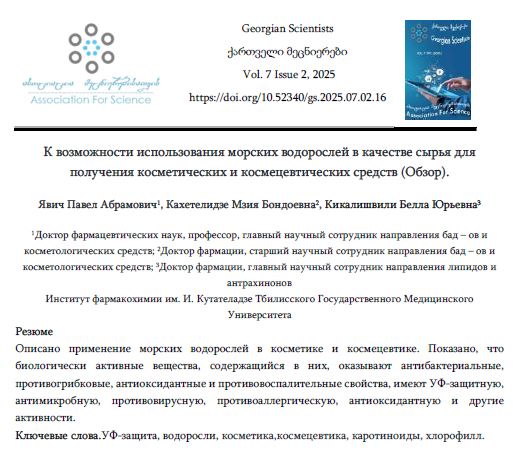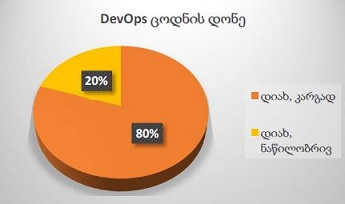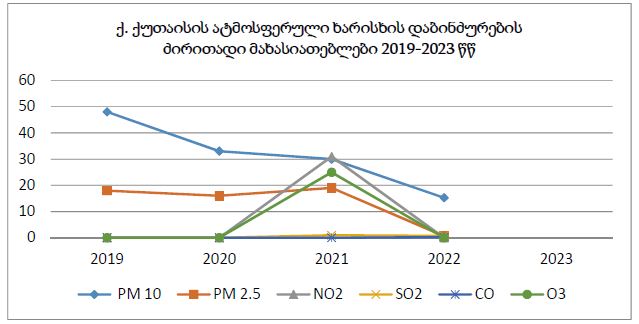Dynamics of coverage of violence against women 2020-2025. (on the example of Palitra-TV, "Rustavi 2", TV "Imedi")
introduction and literature review

Downloads
Violence against women refers to any act of gender-based violence that causes physical, sexual or psychological harm or suffering to women. This type of violence can take many forms, but is not limited to domestic violence, sexual violence, rape, human trafficking, genital mutilation, and forced prostitution. It is a widespread and deep-rooted problem that affects women of all ages, backgrounds and social status all over the world. Correct coverage of this issue will ensure victim protection and prevention, which will reduce such increased statistics. Accurate definitions and the right reporting system help society hold criminals more accountable, "neutralize" them, which will lead to less violence in the future. Proper reporting informs the public about the causes of such violence, risk factors and mechanisms of impact on the perpetrator, thereby contributing not only to prevention efforts, but also to social change. The right coverage allows survivors to talk about their experiences, break the silence and advocate for change. They also became "helpers" of people who still do not have information on how to escape from violence, how to act in case of need. Overall, proper coverage of violence against women is essential to address this widespread human rights violation, promote gender equality, and create a safe environment for all individuals. Ignoring ethical standards in reporting on violence can have significant consequences for both individuals and society as a whole. If the media disseminates incomplete information or misinformation without ethical guidelines, it can cause public confusion, mistrust of the media, violate the presumption of innocence, and introduce stigmas. These practices may also violate privacy laws, and sensationalist coverage may cause emotional distress, reputational damage, and even physical harm. The purpose of this research paper is to reveal the dynamics of coverage of violence issues by the media, to show the trends of media transformation in this regard, and to develop such principles of coverage that will not encourage a certain part of society, increase the statistics of violence, will not aggravate the situation of the victims' family members, will not create a new stigma and will not make the broadcasts Misplaced emphasis so as not to inadvertently encourage crime.The subject of this research paper is to develop the principles of media coverage that does not encourage a certain part of the society, increase the statistics of violence, does not aggravate the situation of the victims' family members, does not create a kind of stigma and does not make wrong accents in programs, does not unintentionally encourage crime.
Downloads
chitashvili,javaxishvili,aryutinovi,tsuladze, chachanidze. (2010). qalta mimart dzaladobis sakitxebis kvleva saqartveloshi. tbilisi: /georgia.unfpa.org.
Japaridze,Chitanava,Aladashvili,Duarte. (08.2006). Violence against Women in Georgia . New York: omct.org.
l.javakhishvili. (2020.8.08). _pemitsidis_gashukebis_praktika_kartul_satelevizio_mediashi. researchgate.net.
Lisa D. Dellinger, M. K. (2021). https://www.unwomen.org/.
Lomazzi, V. (2023.31.01). The Cultural Roots of Violence against Women: Individual and Institutional Gender Norms in 12 Countries. www.mdpi.com.
N.Haarr, D. (2023). National Study on Violence against Women in Georgia 2022. https://georgia.unwomen.org.
Nadja Karlsson,MarisolLlila, Maria Wemrell. (2020,27.07). Representation of Intimate Partner Violence Against Women in Swedish News Media: A Discourse Analysis. journals.sagepub.com, 27.
Ntuli, N. N. (2021). Media Portrayal of Gender-Based Violence: A Perception Study in Uitenhage, Eastern Cape South Africa.
qalta mkvlelobis bolo shemtxvevebi shemashfotebelia. (20.01.2024). socialjustice.org.ge.
Sandhya Lohani,Sha-Hanna Saffold,Tanya Jules,Brenda Blackwell,Suzanne Shurling. (2021). Underreporting of intimate partner violence against women: An.
Sarah M. McMahon, N. D. (2020). Gender-based violence and media coverage: How the media frames violence against women.
თოთიბაძე, ს. (2023). სიძულვილის ენა და გენდერული სტერეოტიპები ქართულ ციფრულ მედია-დისკურსში. თბილისი: გამომცემლობა ,,უნივერსალი".
(2022). ეუთოს რეგიონში პოლიტიკაში ქალთა მიმართ ძალადობის წინააღმდეგ ბრძოლის ინსტრუმენტები. ვარშავა: https://www.osce.org/.
კავკასიის კვლევითი რესურსების ცენტრი. (15.11.2017). გენდერული თანასწორობა საქართველოს 2017 წლის ადგილობრივი თვითმმართველობის არჩევნების გაშუქებაში. https://www.undp.org/.
მარიან ესთერი,სარა-ჯეინ ლილეი. (2014). ქალთა მიმართ ძალადობის პრევენცია სტამბოლის კონვენციის მე-12 მუხლი. https://rm.coe.int/.
(თ. გ.). მედიაეთიკა და პროფესიული სტანდარტი. www.mdfgeorgia.ge.
Copyright (c) 2025 Georgian Scientists

This work is licensed under a Creative Commons Attribution-NonCommercial-NoDerivatives 4.0 International License.








